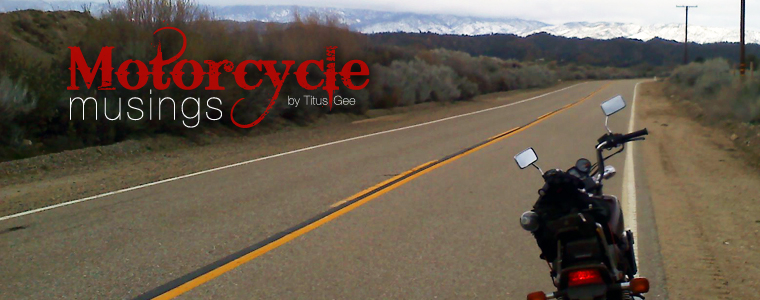Sunset
by Titus Gee
I took Sunset Boulevard at 1 a.m. and got an unexpected tutorial on life in L.A.
Sunset winds through the part of Hollywood that actually looks like Hollywood, where night life is the only real life there is. The air-brushed billboard models are 40 stories tall, the street is lined with famous comedy clubs most “Angelinos” will probably never visit, and even the strip clubs have silk-tied gatekeepers guarding their dens of false opulence and faux glamour. I shared the lane with Bentleys and Lexus SUVs and dodged ‘creative’ types in zip-down turtlenecks that walked down the center of the street, like it was a sidewalk, on their way toward a crowd of black-clad hipsters loitering outside a club so exclusive that knowing someone isn’t enough to get you in — you gotta be someone.
Finally I broke free of the glittery clutter and started winding up into Beverly Hills, where the streets are named Bel Air, Royce, and Bentley, and steel gates guard long drives to palace-estates owned by the kind of people who could actually get into that club. I slalomed my way down the backside of the Hills and turned north on Sepulveda.
Coming up over a new hill, I had the road to myself except for a work truck headed for the freeway. The wash of street lights, empty lanes, and broad, banked curves makes Sepulveda feel like a race track in the wee hours. I was getting into it, gliding and burning through turns, when I passed a 2007 Mercedes Benz cocked oddly in the entrance of a cross street. Two seconds later I was choking on a cloud of brake smoke that literally hung over the street like a fog. Guess Mr. Mercedes wasn’t as good as he thought. That didn’t stop him though; less than a minute after the smoke cleared the same car weaved past me using both northbound lanes and some of the on-coming lanes to get around the next bend.
I came down off the hill into an outsized suburbia infected by the glitz on the other side. Here the businesses would be familiar to any plumber or secretary in the country — Denny’s, Staples, McDonald’s — but the signs were enormous and the buildings looked swollen, like they’d outgrown their little plots of neighborhood real estate. It looked like Vegas had mated with a strip mall.
Further on, the smell of pancakes faded from the breeze, and the scenery shifted to hotels, alternating with swaths of actual strip mall. Then the signs started reading in Spanish only, and blocks of condos and townhouses gave way to apartment blocks.
Then came long lines of ancient suburban houses, now boxed in by newer city buildings and commanding million-dollar price tags for the little squares of land under them. Their front doors look out on ten square feet of lawn, a hundred yards of six-lane thoroughfare and then, across the way, the endless rows of hotels, bowling alleys and mini-marts. They call these neighborhoods “North Hills” and “Mission Hills,” but the road is straight and flat.
Finally, I jogged left down Rinaldi street and then right on Balboa Boulevard and up into another set of the real hills that stratify the city like Dante’s seven levels. Balboa tumbles me out into the relative refuge of the canyons, with their manufactured suburbs wrung from the desert scrub by soaking the sand with millions of tons of ‘borrowed’ water.
Forty miles and another ring of hills and I’d pass beyond suburbia to the small-town life of the high desert, then on to the flat expanse of rural farm land. But I didn’t go that way. Instead, I rumbled as quietly as possible down a street that is not quite as coveted as the cul-de-sacs, and pulled into the four-motorcycle garage of a house that looks exactly like half a dozen others in the neighborhood.
For the moment, the canyon lands are home.








